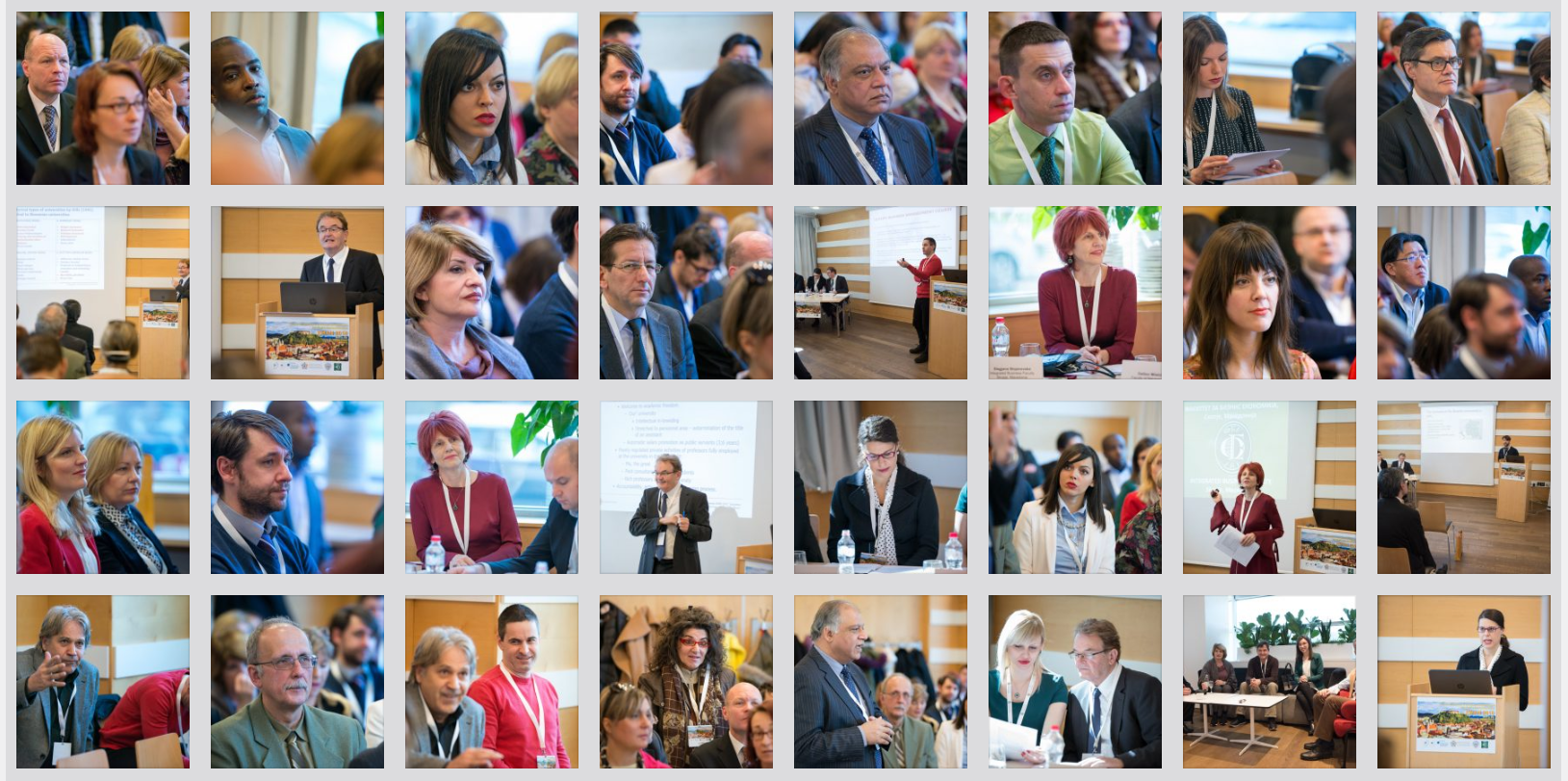Marina Trkman – University of Ljubljana, Faculty of Public Administration; Gosarjeva ulica 5, 1000 Ljubljana, Slovenia
Keywords:
Tracing applications;
PTA;
UTAUT;
Survey;
SEM;
smartPLS
Abstract: During a crisis such as COVID-19 citizens of countries all over the world were asked to use a proximity tracing application voluntarily and install it on their smartphones. Even though the use of the application in times of the pandemic crises was promoted as crucially important, many citizens refused to install it. In this paper, we raised the question of why. Previous literature confirmed the impact of universal UTAUT predictors, namely, social influence, performance expectancy and effort expectancy, on intention to use. However, the impact of the predictors has not yet been confirmed in actual use. We propose a research model to examine the direct influence of the predictors on actual use. Furthermore, we assess if the impact of age, gender and education on PTA’s use behavior is significant. We present our preliminary results on data collected in Germany.

Download full paper

7th International Scientific Conference – EMAN 2023 – Economics and Management: How to Cope With Disrupted Times, Ljubljana, Slovenia, March 23, 2023, SELECTED PAPERS, published by: Association of Economists and Managers of the Balkans, Belgrade, Serbia; ISBN 978-86-80194-70-7, ISSN 2683-4510, DOI: https://doi.org/10.31410/EMAN.S.P.2023
Creative Commons Non Commercial CC BY-NC: This article is distributed under the terms of the Creative Commons Attribution-Non-Commercial 4.0 License (https://creativecommons.org/licenses/by-nc/4.0/) which permits non-commercial use, reproduction and distribution of the work without further permission.
REFERENCES
Cobelli, N., Cassia, F., & Burro, R. (2021). Factors affecting the choices of adoption/non-adoption of future technologies during coronavirus pandemic. Technological Forecasting and Social Change, 169, 120814. https://doi.org/10.1016/j.techfore.2021.120814
Davis, F. D., Bagozzi, R. P., & Warshaw, P. R. (1989). User Acceptance of Computer Technology: A Comparison of Two Theoretical Models. Management Science, 35(8), 982-1003. https://doi.org/10.1287/mnsc.35.8.982
Farrelly, G., Trabelsi, H., & Cocosila, M. (2022). COVID-19 contact tracing applications: An analysis of individual motivations for adoption and use. First Monday. https://doi.org/10.5210/fm.v27i6.12324
Hair, J. F., Hult, G. T. M., Ringle, C. M., & Sarstedt, M. (2017). A primer on partial last squares structural equation modeling (PLS-SEM). 2nd edition. Sage publications.
Hair, J. F., Ringle, C. M., & Sarstedt, M. (2011). PLS-SEM: Indeed a Silver Bullet. Journal of Marketing Theory and Practice, 19(2), 139-152. https://doi.org/10.2753/mtp1069-6679190202
Hair, J. F., Risher, J. J., Sarstedt, M., & Ringle, C. M. (2019). When to use and how to report the results of PLS-SEM. European Business Review, 31(1), 2-24. https://doi.org/10.1108/ebr-11-2018-0203
Hair, J. F., Sarstedt, M., Ringle, C. M., & Mena, J. A. (2012). An assessment of the use of partial least squares structural equation modeling in marketing research. Journal of the Academy of Marketing Science, 40(3), 414-433. https://doi.org/10.1007/s11747-011-0261-6
Hassandoust, F., Akhlaghpour, S., & Johnston, A. C. (2021). Individuals’ privacy concerns and adoption of contact tracing mobile applications in a pandemic: A situational privacy calculus perspective. Journal of the American Medical Informatics Association, 28(3), 463- 471. https://doi.org/10.1093/jamia/ocaa240
Henseler, J., Ringle, C. M., & Sarstedt, M. (2015). A new criterion for assessing discriminant validity in variance-based structural equation modeling. Journal of the Academy of Marketing Science, 43(1), 115-135. https://doi.org/10.1007/s11747-014-0403-8
Lin, J., Carter, L., & Liu, D. (2021). Privacy concerns and digital government: exploring citizen willingness to adopt the COVIDSafe app. European Journal of Information Systems, 1-14. https://doi.org/10.1080/0960085x.2021.1920857
Mishra, A., Baker-Eveleth, L., Gala, P., & Stachofsky, J. (2023). Factors influencing actual usage of fitness tracking devices: Empirical evidence from the UTAUT model. Health Marketing Quarterly, 40(1), 19-38. https://doi.org/10.1080/07359683.2021.1994170
Ringle, C. M., Sarstedt, M., & Straub, D. W. (2012). Editor’s Comments: A Critical Look at the Use of PLS-SEM in “MIS Quarterly.” MIS Quarterly, 36(1), iii–xiv. https://doi.org/10.2307/41410402
Rowe, F. (2020). Contact tracing apps and values dilemmas: A privacy paradox in a neo-liberal world. International Journal of Information Management, 55, 102178. https://doi.org/10.1016/j.ijinfomgt.2020.102178
Sharma, S., Singh, G., Sharma, R., Jones, P., Kraus, S., & Dwivedi, Y. K. (2022). Digital Health Innovation: Exploring Adoption of COVID-19 Digital Contact Tracing Apps. IEEE Transactions on Engineering Management, 1-17. https://doi.org/10.1109/tem.2020.3019033
Trkman, M., Popovič, A., & Trkman, P. (2021). The impact of perceived crisis severity on intention to use voluntary proximity tracing applications. International Journal of Information Management, 61, 102395. https://doi.org/10.1016/j.ijinfomgt.2021.102395
Trkman, M., Popovič, A., & Trkman, P. (2023). The roles of privacy concerns and trust in voluntary use of governmental proximity tracing applications. Government Information Quarterly, 40(1), 101787. https://doi.org/10.1016/j.giq.2022.101787
Velicia-Martin, F., Cabrera-Sanchez, J.-P., Gil-Cordero, E., & Palos-Sanchez, P. R. (2021). Researching COVID-19 tracing app acceptance: incorporating theory from the technological acceptance model. PeerJ Computer Science, 7, e316. https://doi.org/10.7717/peerj-cs.316
Venkatesh, V., Morris, M., Davis, G., & Davis, F. (2003). User acceptance of information technology: toward a unified view. MIS Quarterly, 27(3), 425-478. https://doi.org/10.2307/30036540

